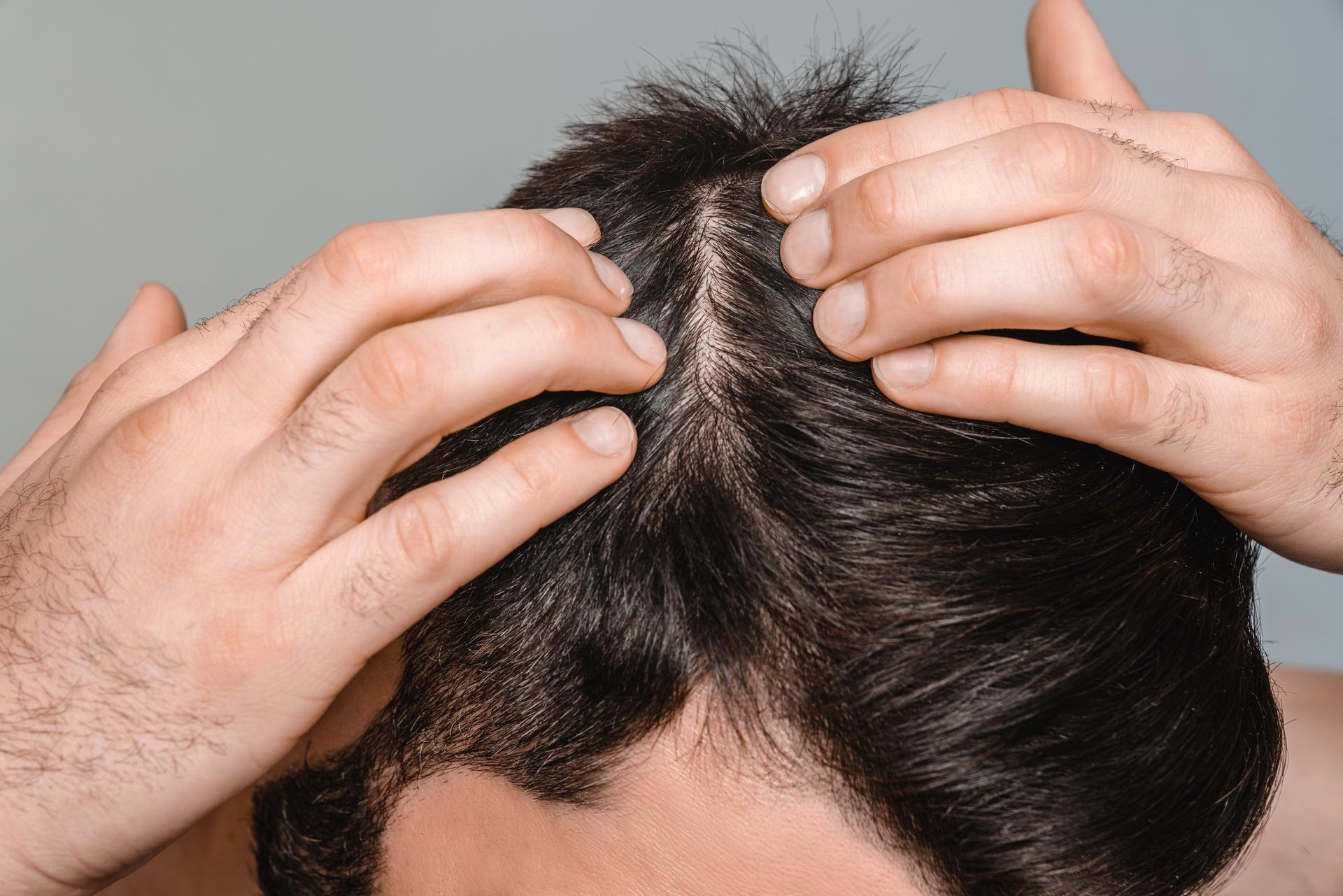Further understanding regarding improvement of macular degeneration with glutathione has occurred since Townsend Letter's June 2001 article about this subject. Thanks to its wide circulation we have received many calls from all over the world, including Switzerland, London and other far away places.
We have seen many more patients, have been able to improve our technique and particularly, improve our documentation of gain. It is hoped that the reader using glutathione will find improved results from this letter.
Measurable success is virtually certain. To date we have only had two patients without any gain. One of these was 94 years old, quite ill and unable to do the visual tests Another did not have macular degeneration.
The procedure is quite simple. We purchase intravenous glutathione from a compounding pharmacy in strengths of 200mg/cc. The usual starting dose is 1000 mgs, and later sometimes 1500 mgs. A 20cc syringe is used and after withdrawing the glutathione the remainder of the syringe is filled with normal saline. This is given through a 25 gauge butterfly in the dorsum of the hand over a period fifteen minutes. The usual cost of the glutathione is about ten dollars a gram. No adverse reactions have been seen.
In the beginning, we could see improvement in the reduction of size of the scotoma, but the patient occasionally was unaware of the improvement. Now, awareness is assured by the use of a standard eye chart. Both tests are done before the results and about thirty minutes later. At this time the changes will be apparent.
To check the scotoma and sometimes there are more than one, we stand a large piece of paper about 25-35 inches in front of the patient with a black spot about the size of a quarter in the center. The patient removes glasses, covers one eye with a card and focuses on the dark spot. Maintaining the focus on the center spot is difficult for some and they need reassurance and support, but they do learn with help. Then a marker is moved towards the center from the areas of peripheral vision, and the patient states when the marker is no longer seen. This is confirmed three times with each point. This same procedure is then performed at a number of directions starting from an area of peripheral vision and heading towards the center black spot. When the points are connected, the scotoma becomes apparent. Repeating this procedure after glutathione will almost always show the spot to be smaller, often half the previous size. It is helpful to have an assistant observe the eye to make sure the gaze does not wander from t he center spot.
It is not uncommon to hear the patient state that they can see an object in the room more clearly than they did before glutathione. Others notice the smaller scotoma but do not feel improvement. However, after the vision test they are convinced. The vision test utilizes a standard eye chart placed about four to six feet in front of the patient. The lowest line on the chart is recorded. Following glutathione it will be found that patients can read either one or two lines lower than previously.
How long improvement in vision lasts varies from one person to another. Usually it lasts weeks or months but there may be some slight return towards the original state. Further resultss will continue the gain. If these are desired, weekly sessions are appropriate for us, but other doctors are treating as often as three times a week. Severe cases of wet macular degeneration also respond but often require as many as five or six sessions before significant improvement is appreciated. Usually a family member or a friend accompanies the patient and they are seated so that they can witness the gain. It is noted that myopia, often seen, also improves.
Glutathione results for macular degeneration is becoming known only at a slow pace. It is so valuable since it stops progression and improves the condition. Hopefully the will be more widely used. Research indicates that the role of glutathione is in its infancy.


